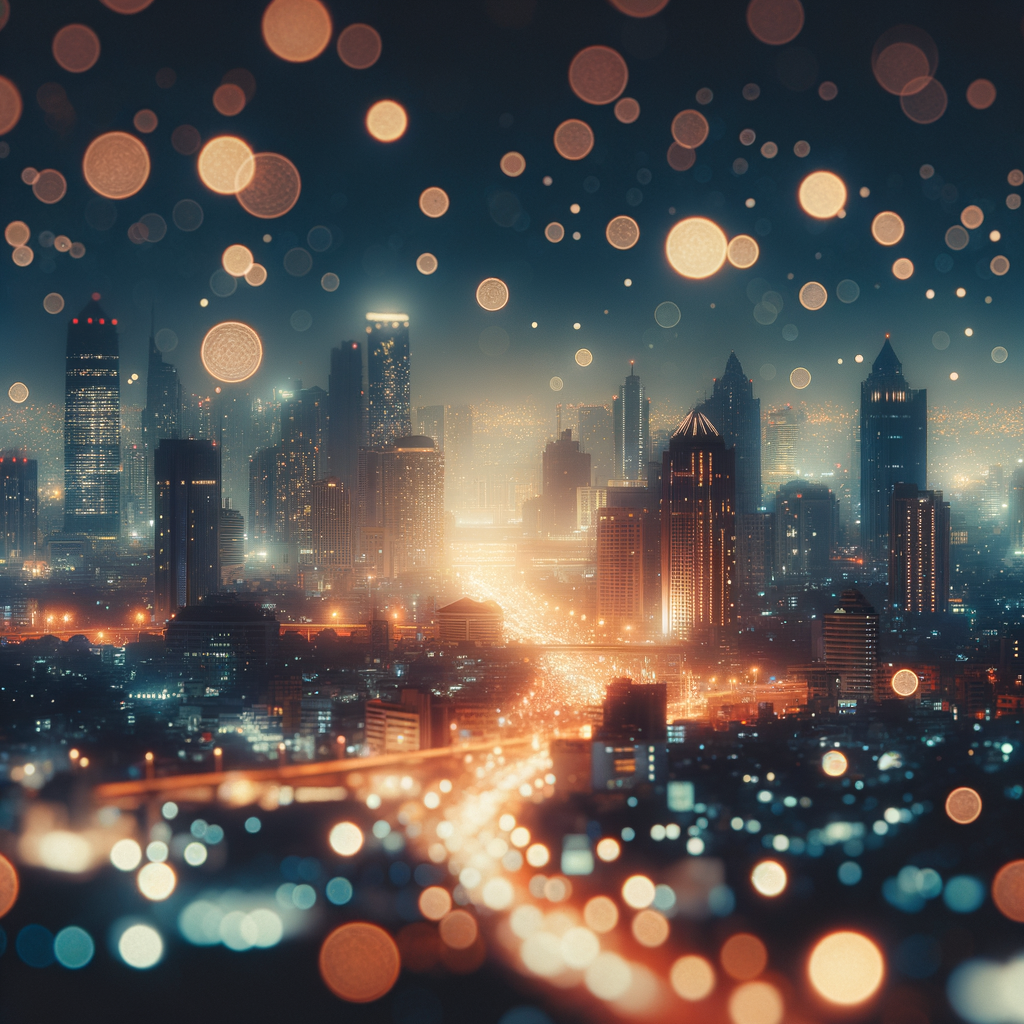
Photography in low light conditions can be a challenge, but it also presents an opportunity to create stunning and atmospheric images. Whether you're capturing a night cityscape or romantic moments with candlelight, the right techniques and camera settings can greatly enhance the quality of your shots.
Shooting in low light conditions can pose a challenge, but it also offers the opportunity to create stunning and atmospheric images. Whether you're capturing a night cityscape or romantic moments with candlelight, the right techniques and camera settings can greatly enhance the quality of your shots.
1. Choosing Equipment
The first step to successful shooting in low light is selecting the right equipment. It's recommended to use a camera with a large sensor, as it allows for more light capture. Full-frame cameras, such as the Canon EOS 5D Mark IV or Nikon D750, are great choices. However, even modern amateur mirrorless cameras can handle this task well.
Choosing the right lens is also crucial. Lenses with a large aperture, such as f/1.8 or f/1.4, will allow you to capture enough light for clear shots in low-light conditions.
2. Using a Tripod
A tripod is an indispensable tool for low-light photography. It provides stability and allows for longer exposure times without camera shake. Even slight tremors can ruin a shot during long exposures.
If you don't have a tripod, you can use any support, like a table or a wall, to minimize movement.
3. Camera Settings
Set your ISO as high as possible without compromising image quality. A moderate ISO of 800-3200 is a good starting point. In some instances, raising it to 6400 may be necessary, although it can generate noticeable noise.
Shutter speed also plays a critical role. When shooting in low light, avoid using shutter speeds shorter than 1/60 seconds without a tripod. Longer exposures allow for more light capture, but may require additional stabilization methods.
4. Post-Processing Photos
Post-processing can significantly enhance your low-light shots. Use programs like Adobe Lightroom or Photoshop to reduce noise and improve overall image quality. Adjusting contrast and brightness will help create a better final result.
5. Experimenting with Light Sources
While shooting in darkness, utilize available light sources to create interesting effects. Street lamps, neon signs, and even light from phones can add charm and atmosphere to your shots. Don’t hesitate to experiment with ambient light and shadows.
6. Capturing Movement
Shooting in low light doesn't need to mean your images are static. Use longer exposures to capture movement, like the blur of cars driving by. This technique can help you create dynamic and engaging photographs.
Conclusion
Shooting in low light can seem daunting, but with the right equipment, camera settings, and a bit of practice, you can create exciting and artistic images. Remember to experiment and find your own style using available light and various techniques. Be persistent and confident, and you will see your photography skills grow and evolve.


